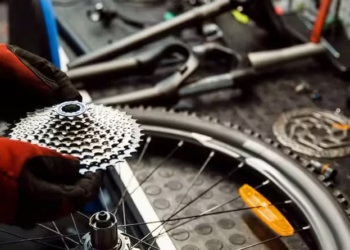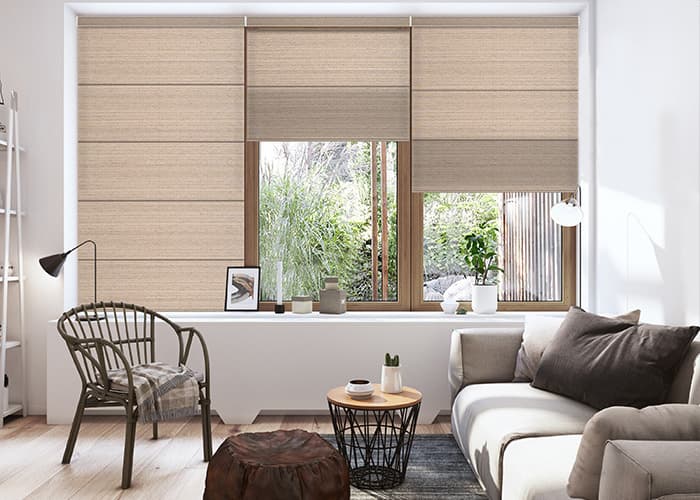Steel bars are an important part of many construction projects. They are used for a variety of purposes, including reinforcing concrete and providing structural support. In this post, we will discuss the different types of steel bars, their applications, and some tips on choosing the right type for your project.
There are three main types of steel bars: rebar, round bar, and square bar. Rebar is the most common type of steel bar and is used for a variety of applications, including reinforcement of concrete structures and masonry walls. Round bar is less common but is often used for structural applications such as beams and columns. Square bar is the least common but has a variety of uses, including bracing and decking.
There are many different types of steel bars on the market today, each with its own unique applications and benefits. In this guide, we’ll cover everything you need to know about steel bars so that you can make the best decision for your next project.
Classification
Steel bar is classified according to their cross-sectional shape, which can be round, square, hexagonal, or octagonal. They are also available in a variety of sizes, ranging from small-diameter rods to large structural beams. The most common type of steel bar is the rebar, which is used in concrete construction to reinforce buildings and bridges. Other popular types include flat bars, angle bars, and channel bars.
Steel bars are an essential component in a variety of construction projects. They are used to provide support and stability to structures, and can also be used in the reinforcement of concrete. Steel bars come in a variety of shapes and sizes, and can be either hot-rolled or cold-finished. Hot-rolled bars are made from heated steel billets. These billets are then passed through rollers to achieve their final shape. Cold-finished bars, on the other hand, are made from cold-drawn steel coils. These coils are then put through a process of heat treatment, which helps to improve the strength and hardness of the bar. Depending on the application, the type of steel bar required will vary. However, both hot-rolled and cold-finished bars have their own unique advantages that make them well-suited for different applications.
Rebar
The most common type of steel bar used in construction is rebar. Rebar is available in a variety of sizes and grades, depending on the application. For example, grade 60 rebar is typically used for concrete reinforcement, while grade 80 rebar is often used for structural support applications.
Round Bar
A round bar is a type of steel bar that is circular in cross-section. It is available in a variety of sizes and grades, depending on the application. Round bar is often used for structural applications such as beams and columns.
Square Bar
A square bar is a type of steel bar that is square in cross-section. It is available in a variety of sizes and grades, depending on the application. A square bar is often used for bracing and decking applications.
Tips for Choosing the Right Type of Steel Bar
When choosing the right type of steel bar for your project, there are a few things to consider. First, you need to decide what the purpose of the bar will be. Will it be used for reinforcement or structural support? Second, you need to determine the size and grade of the bar. The size will depend on the application, while the grade will be determined by the strength and hardness required. Lastly, you need to decide whether you want hot-rolled or cold-finished bars. Hot-rolled bars are typically cheaper but have lower yield strength, while cold-finished bars are more expensive but have higher yield strength. Talk to your local steel supplier to learn more about the different types of steel bars and their applications.
Factors to Consider
When it comes to choosing the right steel bar for your project, it’s important to consider the properties of the metal. For example, rebar is typically made from low-carbon steel that offers good weldability and tensile strength. If you need a stronger option, then you might want to consider using high-carbon steel or alloy steel. Ultimately, the best choice for your project will depend on your unique needs and requirements.
When choosing a steel bar for your project, it is important to consider the environment in which it will be used. For example, if the bar will be exposed to salt water or other corrosive elements, you will need to choose a corrosion-resistant grade. Additionally, if the bar will be subject to high stresses, you may need to choose a higher-strength grade.
It is also important to consider the load that the bar will be supporting. Rebar is typically used for lower-load applications, while round and square bars are better suited for higher-load applications. It is also important to consider the environment in which the bar will be used. For example, if the bar will be exposed to salt water or other corrosive materials, it is important to choose a type that is resistant to corrosion.
Ultimately, the best way to determine the right steel bar for your project is to consult with an expert. They will be able to help you choose a bar that meets your specific needs and requirements.
Steel bars are an important part of many construction projects. They are used for a variety of purposes, including reinforcing concrete and providing structural support. In this post, we have discussed the different types of steel bars, their applications, and some tips on choosing the right type for your project. We hope that this guide has been helpful in providing you with the information you need to make an informed decision about the steel bar that is best suited for your next project.
Conclusion
There is a lot to consider when choosing the right steel bar for your project. However, by taking the time to understand the different types of bars and their applications, you can be sure to choose the best option for your needs. If you have any further questions about steel bars or would like more information on choosing the right type for your project, contact a professional today.












Discussion about this post